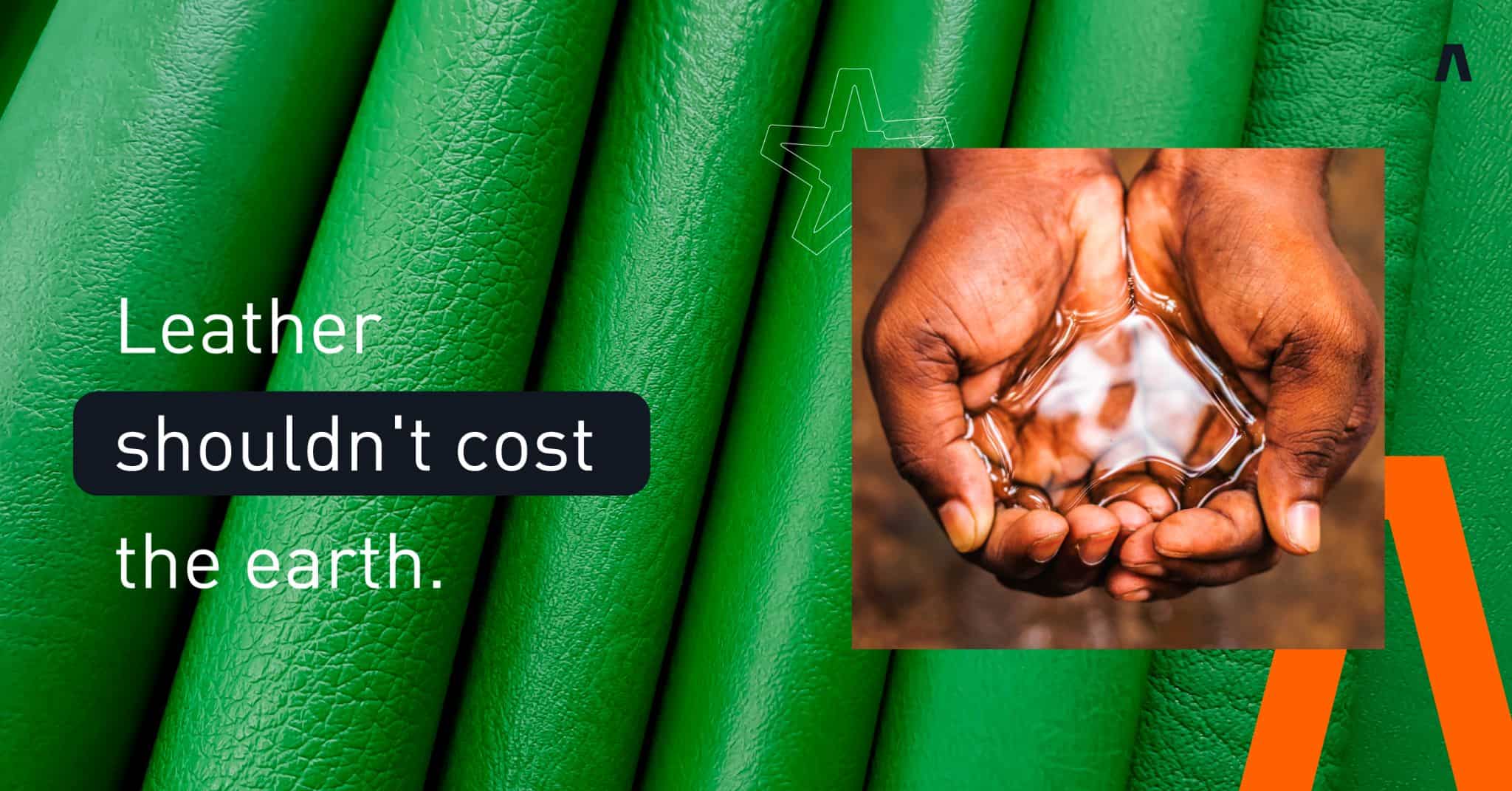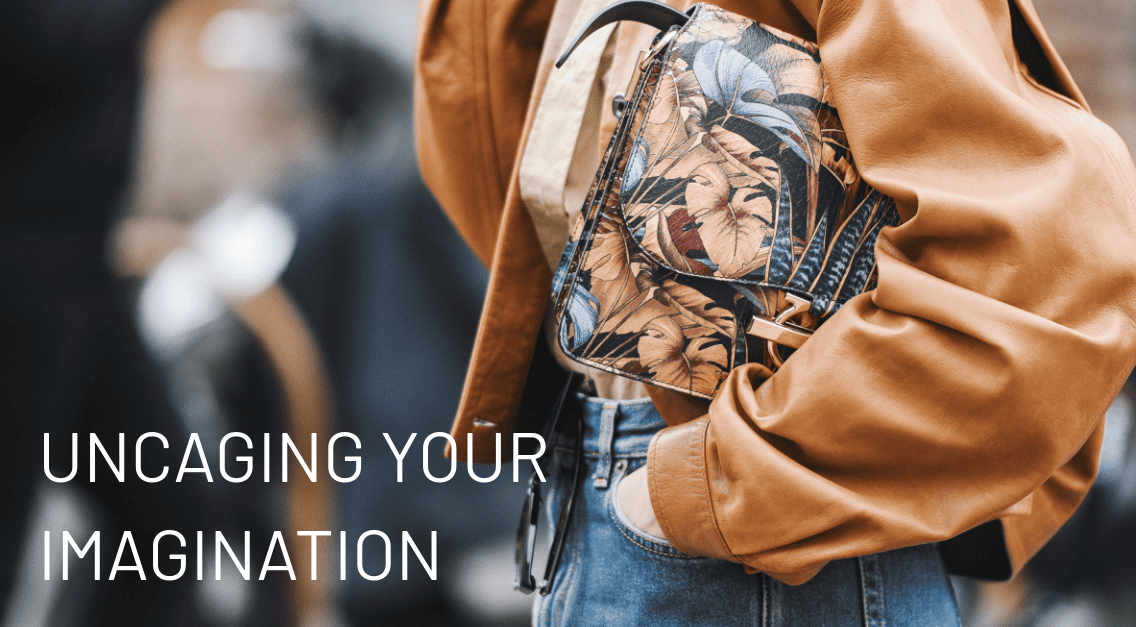Op Ed: Stephanie Downs, CEO and Co-Founder of UNCAGED Innovations, Combatting the Argument that Leather is “Natural” – vegconomist

Stephanie Downs is the CEO and Co-Founder of UNCAGED Innovations, the “world’s first” biomaterial company to create sustainable leather from grains at scale. Combining its proprietary software platform, BioFuze, with biomaterial manufacturing, UNCAGED skips the cow to create an animal-free leather product that mimics the texture and performance of traditional leather.
Stephanie herself is a serial entrepreneur, founding her first company –a digital marketing agency– in 1999, which she led to exit in 2014. In 2008, Downs held a pivotal role in PETA, where she consulted on corporate negotiations. It was during this time that her negotiations with Tesla led to Elon Musk’s blanket adoption of alternative animal-free leather in its interiors.
After this, Stephanie co-founded Good Dot, India’s largest plant-based meat alternative company, and served as a mentor and advisor for ProVeg Incubator and Humane Society International India, before co-founding UNCAGED Innovations in 2020.
In this piece, Stephanie dismantles the myth of leather as a sustainable “byproduct” of the meat industry. She emphasizes the need for transparency and dispelling misconceptions about leather’s environmental impact, advocating for bio-leather alternatives as a solution to combat climate change and animal cruelty in the fashion industry.
Combatting the Argument that Leather is “Natural”
By Stephanie Downs
Sustainability and environmentally conscious choices are top of mind for both businesses and consumers, yet animal leather is largely still viewed as a ‘natural’ byproduct of the meat industry that is biodegradable. It is claimed that the hides and skins of animals raised for meat are simply recovered for leather, meaning that no part of the animal is wasted, absolving responsibility for animal and environmental devastation.
However, this is simply untrue. I grew up in Illinois around cows – it’s easy to see that their skin looks nothing like the material we see on luxury handbags. Leather is a heavily processed material, requiring 20 steps to create the final product, including an energy-intensive tanning process that uses toxic chemicals and plastics, putting communities and water systems at risk.
Dispelling the myths
The animal leather industry has been quick to use global concerns about plastic and microplastics to attack vegan leather and present itself as a sustainable, natural byproduct but it neglects to disclose the use of plastic in animal leather. This false information spread by key leather manufacturers has led to widespread consumer misconceptions and increases the environmental devastation caused by the leather industry.
It’s important to point out that leather is a profitable co-product of the meat industry, so animal skins are sold and made into leather goods for profit, rather than waste reduction. 5% of the meat industry’s profit is derived from animal leather products, meaning buying animal leather products only drives demand for animals to be exploited and the environment to be destroyed.

Beyond the end-product
We need to look beyond the end product, to the sum of its parts and the supply chain behind it. A 2018 report by Kering showed the impact of leather alternative production can be up to a third lower than that of real leather as a result of the energy-intensive processes that use plastic throughout.
Looking at the source and cows themselves, UN figures have shown commercial cattle farming to be responsible for 14.5% of greenhouse gas emissions, and methane alone is 80 times more potent than carbon. This is not to mention the archaic manufacturing process which generates huge amounts of waste.
The production of a single hide of animal leather requires toxic chemicals to convert the hides into the final product at each stage of production, from preservation to tanning, dyeing, and finishing processes. The tanning industry now uses harmful chemicals to preserve hides, including plastics to enhance the durability of the hide and promote flexibility in the final product. Animal leather also requires a finishing coating that uses plastics such as polyurethane and acrylics for aesthetics.

The ethical consumer
Bio-leather alternatives are essential if we are to tackle climate change and animal cruelty caused by the fashion industry, and we are already moving in the right direction. However, to be truly effective, the greenwashing myths of the animal leather industry must be dispelled to embrace sustainable alternatives.
Our own solution is 100% bio-based, consists of only 1% plastic, which comes from corn, emits 95% less greenhouse gases, 93% less water, and 72% less energy compared to traditional leather products. We use grain byproducts, which are normally fed to livestock, and turn those directly into leather – skipping the cow to produce a sustainable alternative that matches the durability and aesthetics of traditional leather.




